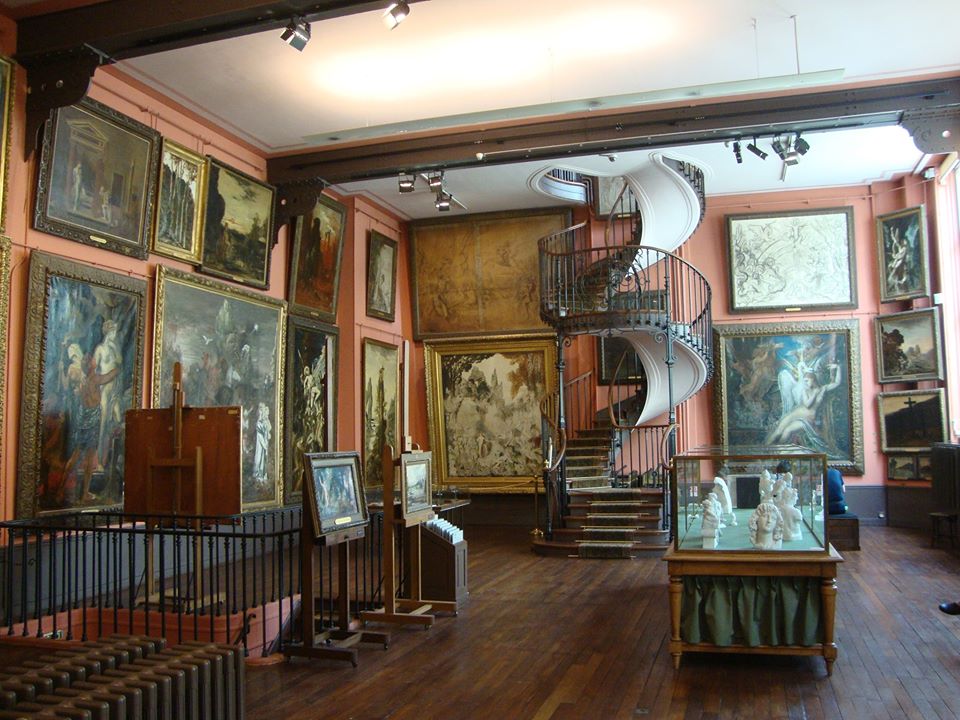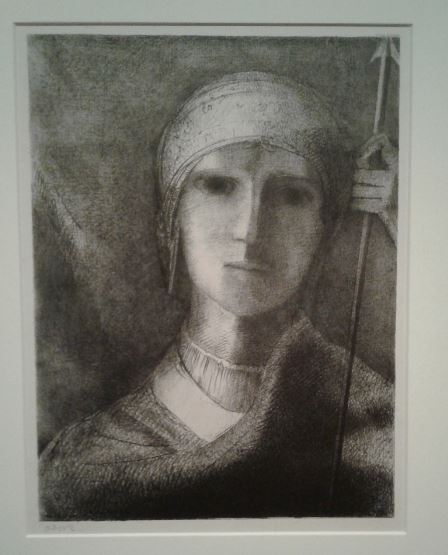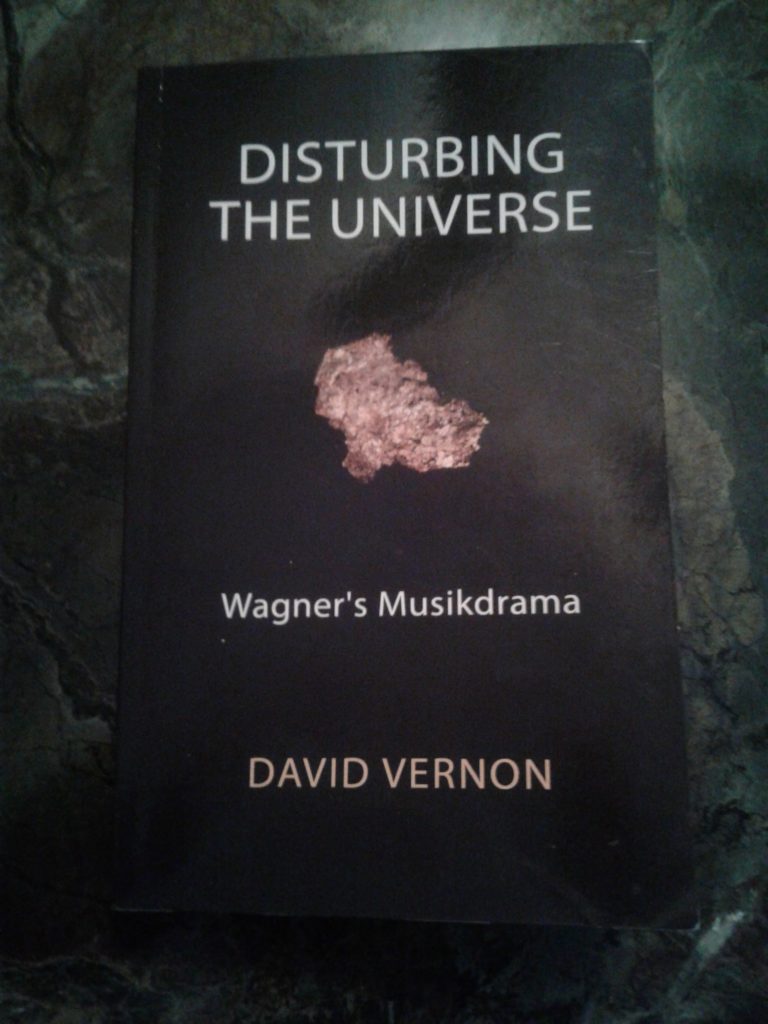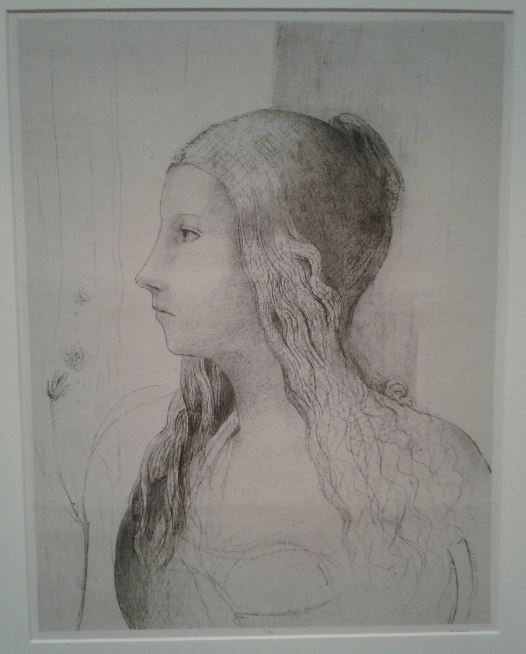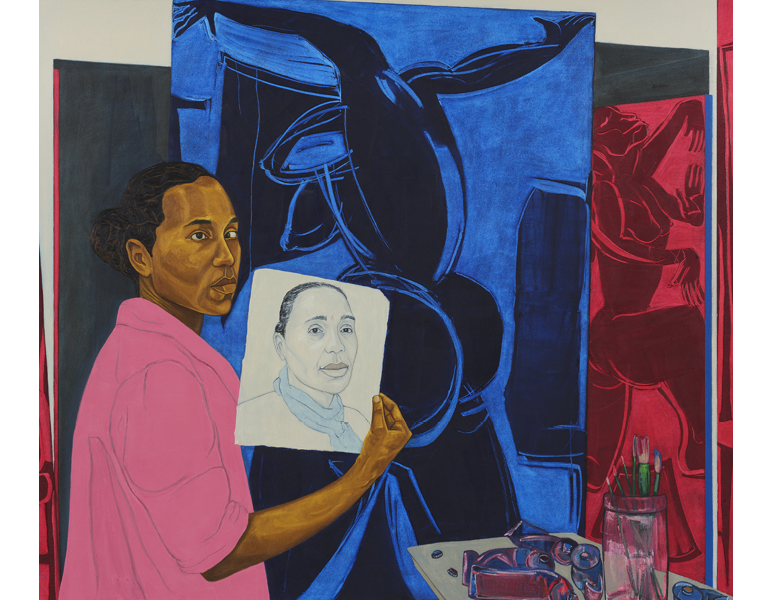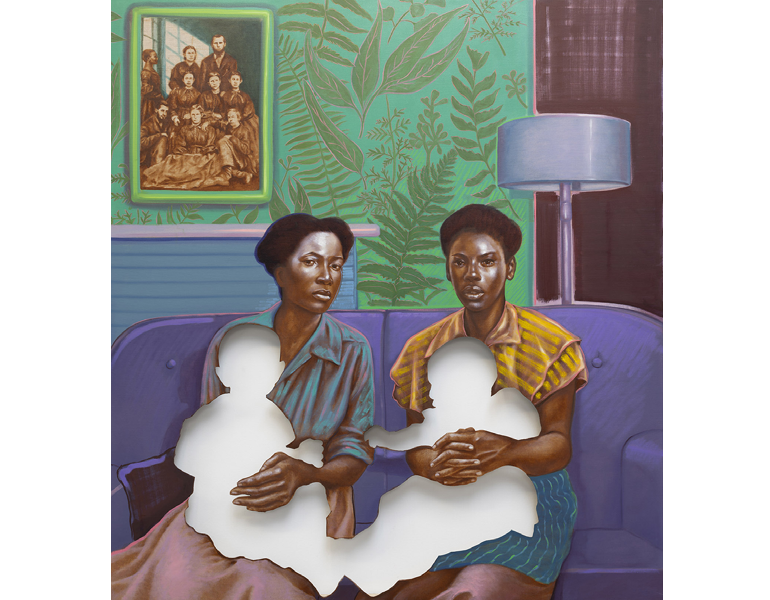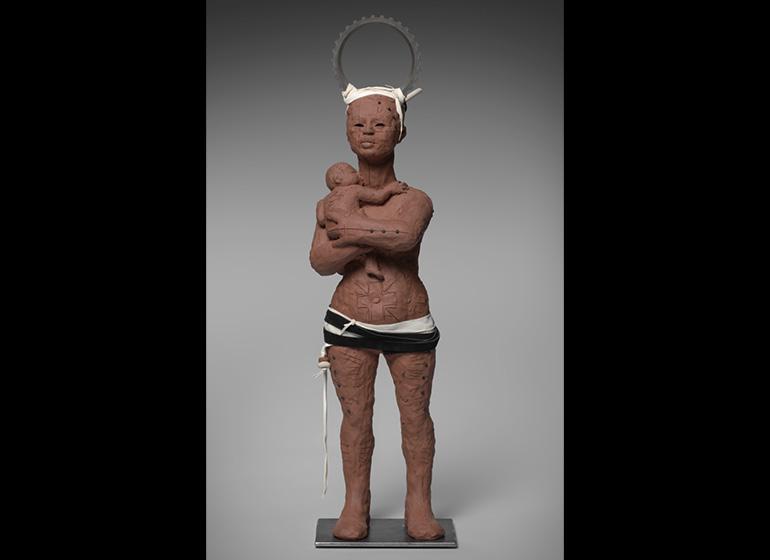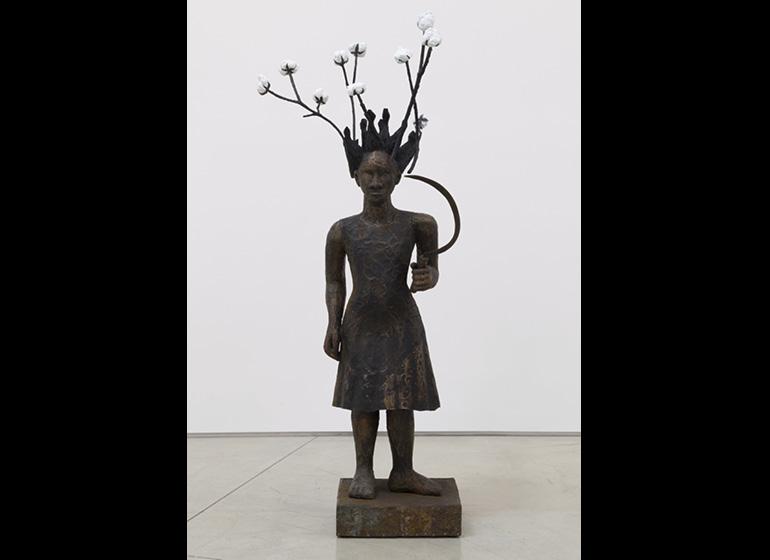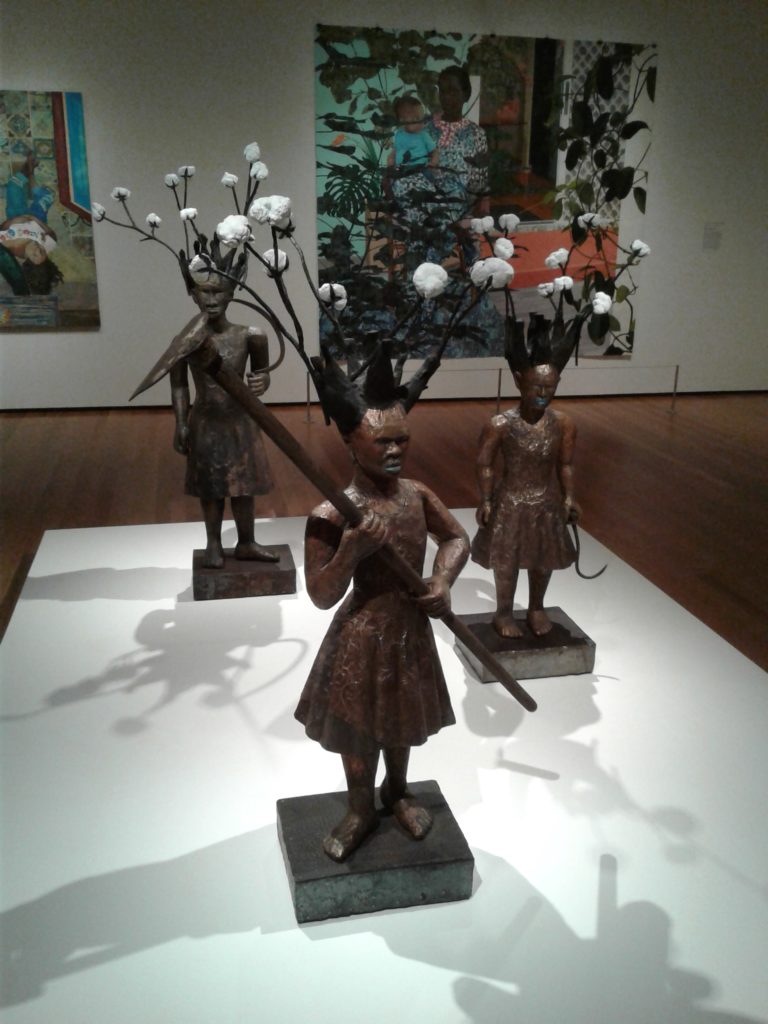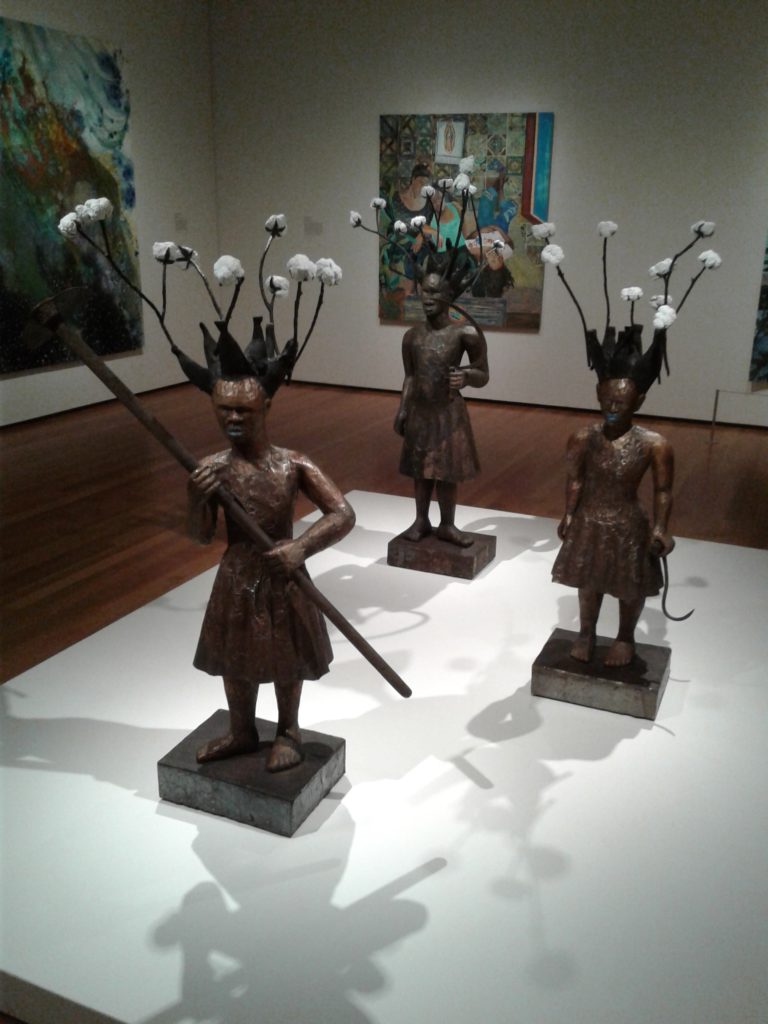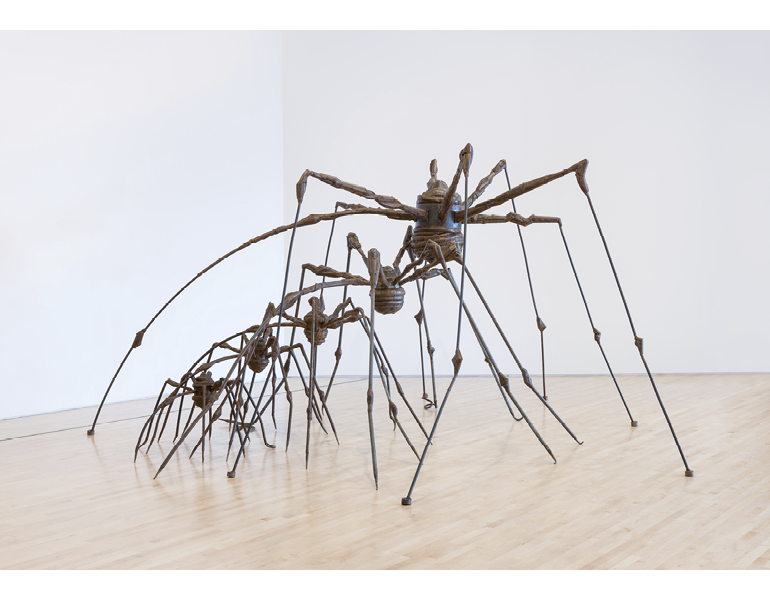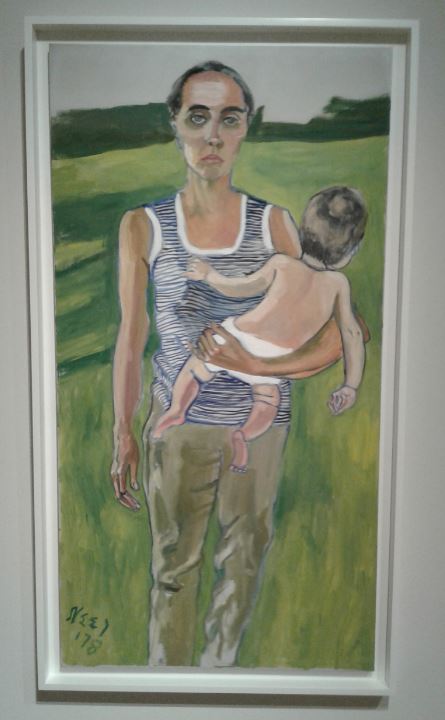WOW! Jane Eyre, The Musical, At The Lake Country Playhouse was my 500th Post here on An Intuitive Perspective. WOW! Yeah, I know not all of them are scintillating and insightful commentary on the arts but the Monday Music feature instead…but I hope you are enjoying all of it! And I apparently lost count and missed our 4th Anniversary on March 20, 2024…you do lose track of time when you are having fun. And now, I am a theater critic as well!
So, how did I get here? I retired from my career as a computer programmer in 2018. And back in 2010 I was invited to contribute to someone else’s blog and I enjoyed the writing and comments and such. It was on another topic, not the arts.
And then I had an opportunity to work with the Milwaukee Repertory Theater as part of their Social Media Club. A little social group who were invited by the Rep to attend their performances and then comment on our experiences across social media. And to share and re-share the Rep’s various social media posts. I really took that to heart and wrote some pretty extensive and detailed reports on Facebook that I referred to as a ‘response’. That was a lot of fun and I started doing similar posts around other events.
And then I started to tire of my participation in that other blog but knew that I didn’t necessarily want to stop writing so I started An Intuitive Perspective. And the first thing I did was republish all of my older items from Facebook and then proceed with my new content. And once published, I share the link around a variety of social media including of course Facebook. That’s the bare facts…but how did I become a theater critic?
Well I was writing ‘responses’ to the shows that I was seeing at the Rep and as a long time subscriber at the American Player’s Theatre in Spring Green. And then a dear friend from the Social Media Club, Kimberly Laberge, Artistic Director at Kith & Kin Theatre Collective, invited me out to Hartland to experience the presentation of Cabaret that she was directing at the Lake Country Playhouse. It was an amazing play and an amazing cast and a cozy jewel box theater and I have been invited back again and again and I am in awe of the quality of the plays that they take on and the high level quality of each and every presentations.
And then somehow, I wish I remembered the history here, I also became involved with First Stage, which is a children’s theater in Milwaukee, that presents full blown musicals in the Todd Wehr Theater in the Marcus Performing Arts Center and smaller more serious fare in the Milwaukee Youth Arts Center. The PAC shows blend a cast of adults and young people in shows that will appeal to all ages…and I love them…and I love to watch the reactions of the youngsters in the audience as they experience real theater featuring their peers and their stories. And the other venue generally features the First Stage’s Young Company, high school age actors presenting more complex stories in an in the round black box theater…things like an adaptation of Ibsen’s Enemy of the People or Shakespeare’s Henry IV (part 1). I hope that we see many of these young actors playing at our local adult theaters eventually.
And I have been invited to see any number of other small theater groups put on amazing theater in small theater settings that I didn’t even know existed before now. And I am so grateful for the experience.
Now one thing that I regret. I had started an idea to present posts about smaller art museums around the state and mid-west under the title A Place For A Muse. I have only written two so far. I need to do better.
And what is this bit about being a theater critic? Well, as I said I have always labeled my articles and posts about theater as responses because I hadn’t studied theater or criticism directly. So I didn’t feel confident using the term review. But after attending the Lake Country Player’s presentation of A Rock Sails By, and talking with director James Baker Jr and lead actor in Rock (and Artistic Director of LCP ) Sandra Baker-Renick, I was convinced that what I write is in fact a review…and that is what they will be from now on! So I am a theater critic now, I guess!
So thank you to all who visit here and read my scribblings. And thank you to all of the theater people who have adopted me and allowed me to see your marvelous shows and write about them with abandon. It has been a very rewarding four years…and I hope we can continue!!!

